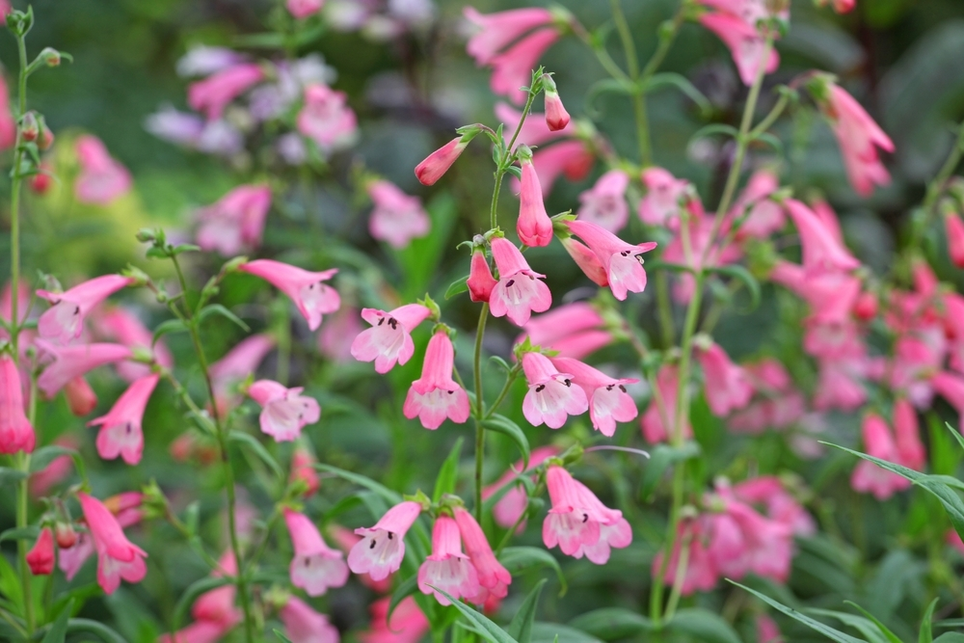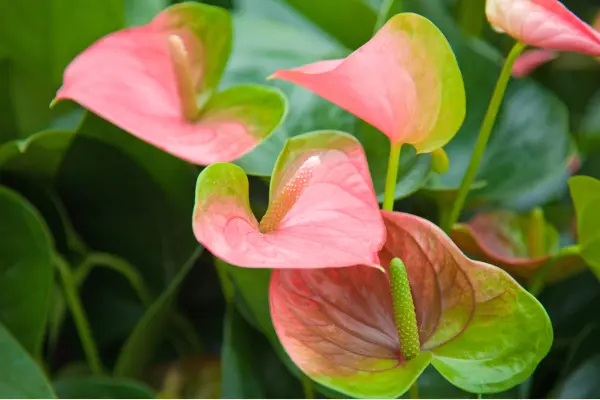
We all know that our plants need feeding, just like we do. But with so many different types of fertiliser available, how do you know which one is best for your plant? And just what is that mysterious NPK formula on the back of the fertiliser package all about? Here’s a quick guide to fertilisers and how to interpret an NPK ratio.
What is a fertiliser?
As well as water, air and sunlight, plants need a range of minerals and nutrients to thrive. They get most of these from the soil, absorbing them in liquid form through their roots. If the soil is poor, or if the plants are particularly heavy feeders, adding fertiliser provides the extra minerals that the plants need.
Organic fertilisers are made from plant or animal materials, such as bone meal or seaweed. Inorganic fertilisers, for example, Growmore and Tomorite, are manufactured using chemicals. Inorganic fertilisers are generally faster-acting than organic fertilisers, which take longer to break down in the soil.
What is the NPK ratio?
Three essential elements necessary for plant growth are nitrogen, phosphorus and potassium.
- Nitrogen (chemical symbol N) promotes green leafy growth
- Phosphorus (chemical symbol P) is essential for the development of healthy roots and shoots
- Potassium (chemical symbol K) encourages the development of flowers and fruits.
Different plants need different proportions of these three minerals to develop to their full potential. Leafy green vegetables like spinach and chard will benefit from a nitrogen-rich fertiliser while growing. Plants like tomatoes that produce fruit, or flowering plants like roses, need an extra boost of potassium to perform at their best.
The proportion of nitrogen, phosphorus and potassium in any fertiliser is known as the NPK ratio and is shown on the packaging as a list of three numbers. For example, the popular tomato fertiliser Tomorite has an NPK ratio of 4-3-8. This means that it contains 4% nitrogen, 3% phosphorus compounds and 8% potassium compounds. On the other hand, a balanced fertiliser will have roughly equal amounts of each element.
What does ‘potash’ mean?
You’ll often see a fertiliser containing high levels of potassium referred to as ‘high-potash’ rather than ‘high-potassium’. This is because the potassium in the fertiliser is in the form of various chemical compounds such as potassium carbonate, which dissolves readily in water and is therefore easy for plants to absorb through their roots. Before modern manufacturing methods were available, these compounds were made from wood ash dissolved in water and then boiled down in iron pots, hence the name ‘pot-ash’.
Tips on applying fertilisers
- Always follow the manufacturer’s instructions.
- Don’t overfeed plants, as this can result in over-lush growth that attracts aphids.
- Don’t use fertiliser at a higher concentration than recommended.
- Water plants well before applying liquid feeds to avoid burning their roots.
Need advice on which fertiliser is best for your plants? Visit our centre, where our staff will be happy to help.







